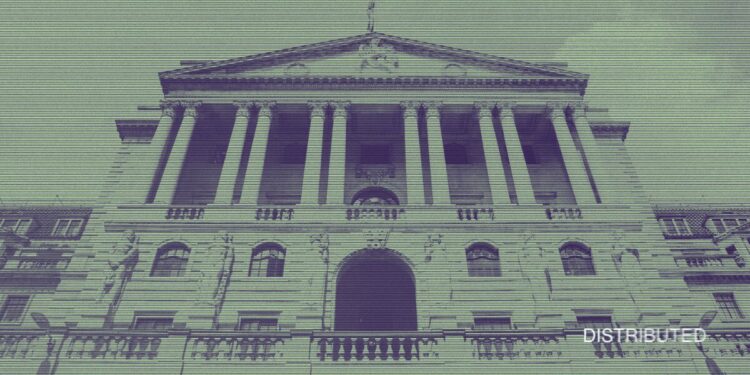- A potential rate cut could impact various sectors of the economy and have political implications.
- BoE’s potential rate cut suggests a potential shift in monetary policy.
Bank of England (BoE) is preparing for its first interest rate cut since 2020, indicating a potential shift in monetary policy, Reuters reported. Despite holding rates at a 16-year high of 5.25%, Governor Andrew Bailey hinted at the possibility of rate reductions sooner than anticipated.
The BoE’s Monetary Policy Committee (MPC) considered the option of cutting rates to 5%, a move supported by Deputy Governor Dave Ramsden and external MPC member Swati Dhingra. While economists initially predicted an 8-1 split to maintain rates, the possibility of a cut signals a departure from previous expectations.
Following rate hikes in December 2021 to combat high inflation, recent data suggests a slowdown in inflation, nearing the BoE’s 2% target. Despite this, the central bank is cautious, citing robust wage growth and service prices, which could temporarily push inflation above target levels.
See Related: Bank of England’s Journey Towards Better Economic Foresight
Forward Guidance and Market Reaction
Governor Bailey emphasized the need for further evidence of sustained low inflation before committing to rate cuts but suggested that market expectations might underestimate the extent of potential cuts. Market reactions varied, with the pound and bond yields experiencing fluctuations in response to the BoE’s announcements.
A potential rate cut could impact various sectors of the economy and offer political implications, particularly for Prime Minister Rishi Sunak’s administration facing electoral challenges. However, Finance Minister Jeremy Hunt reiterated the importance of data-driven decisions, emphasizing the BoE’s independence in monetary policy matters.
The BoE outlined its decision-making framework, focusing on upcoming economic data to assess inflation risks. While some analysts anticipate a rate cut in June based on soft inflation and wage data, others caution against premature expectations, citing temporary factors influencing inflation levels.



